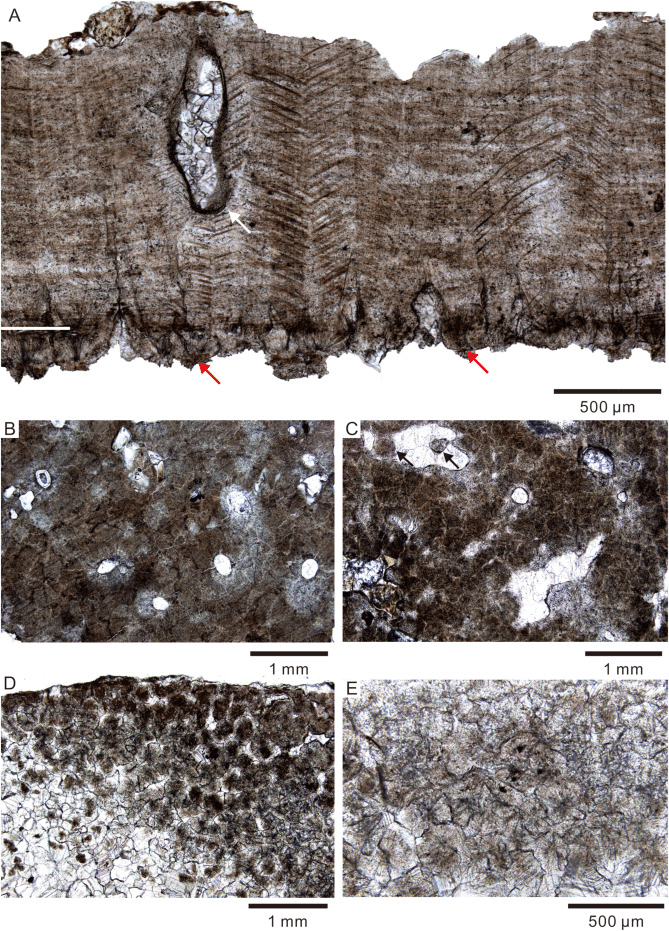All over the world dinosaurs laid billions of eggs, some of which never hatched. Quirks of geology have meant that more of these have been preserved in China than elsewhere. The Qianshan Basin is an exception. Although rich in mammal, reptile, and bird fossils, it is only recently that three dinosaur eggs were discovered there. However, two of the eggs – the other has been lost – are marked by their size and shape as a species we have not seen before.
Most of what we know about dinosaurs comes from their bones and teeth. Sometimes, however, we discover other remnants, such as footprints or eggs. It’s not always possible to match these to a more traditionally described species, but for the purposes of research paleontologists name and classify them anyway.
Dinosaurs known only from their eggs are called oospecies, and they have their own oofamilies and oogenera, based on apparent relationships. Very occasionally, it becomes possible to match a species with something more familiar, but most of the time we can only guess how they relate.
The eggs described in the paper in the Journal of Paleogeography have features that place them in the Stalicoolithidae oofamily. How closely related the dinosaurs that laid Stalicoolithidae eggs were we don’t know, but all members of the family share features, particularly the secondary egg shells that distinguish them from other dinosaur eggs.
The Qianshan eggs are larger than other Stalicoolithidae, marking them as a new species, which the paper names Shixingoolithus qianshanensis.

Views of the eggs in full, from the inside, and a chip of the outside in detail. Image credit: He et al./Journal of Paleogeography
The authors tactfully skip over how a precious fossil came to be lost in this day and age, dubbing the surviving eggs QS-01 and QS-02. QS-01 is incomplete but filled with clusters of calcite crystals. The eggs are 10.5 and 13.7 centimeters (4.2-5.5 inches) long respectively and 9.9 and 13.4 centimeters (3.9-5.4 inches) wide.
Birds that fly more have been shown to have pointier eggs. Nevertheless, even flightless birds today have found it better to have eggs longer than wide, with bigger bases. It’s thought this is to preserve heat within a clutch and reduce the risk of rolling out of nests, as well as to make them easier to lay. Although dinosaur eggs usually show less difference between blunt and pointy ends than those of modern birds, they also tend to be more elongated, making Shixingoolithus unusual. The eggshells are thinner, particularly for the size of the eggs, than their closest counterparts.

Microstructures on the shell of Shixingoolithus qianshanensis reveal features that distinguish them from other dinosaur eggs. Image credit: He et al./Journal of Paleogeography
Although these are the first dinosaur eggs – indeed the first evidence of dinosaurs at all – from Qianshan, they probably won’t be the last. Conditions there during the Cretaceous and early Paleogene allowed for the laying down of immense quantities of sediment. The Upper Cretaceous Formation alone is 887 meters (0.55 miles) thick, so there is plenty of scope to go egg and bone hunting.
Source Link: Nearly Spherical Grapefruit-Sized Dinosaur Eggs Found Filled With Crystals